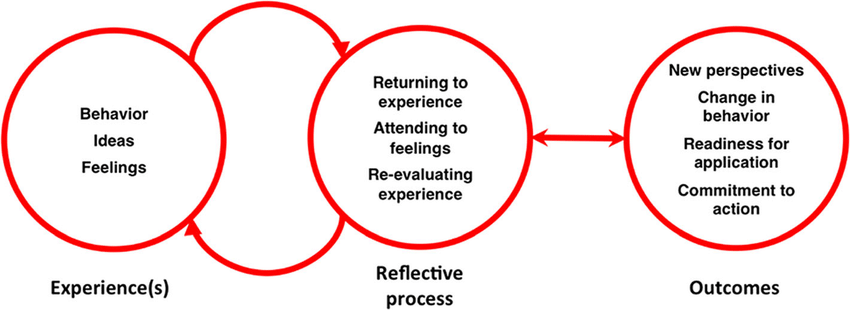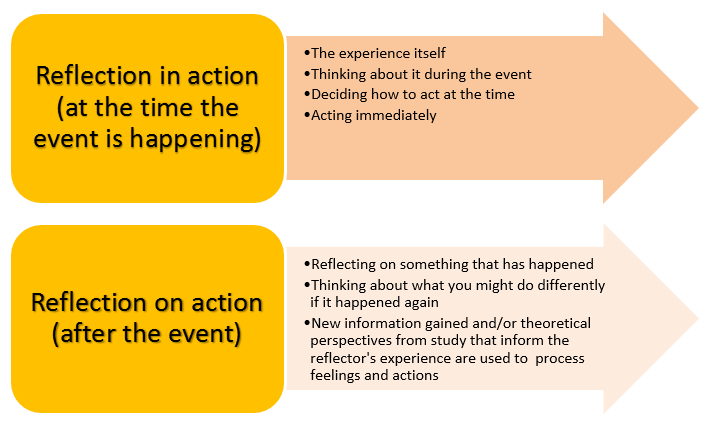For my chosen placement, I made my way back to my original stomping ground – my old primary school. Since it is my career goal to become a primary school teacher, I seen no better opportunity to carry out my placement for the work-based learning module there at St Joseph’s, in order to get a proper insight into what my future role will consist of. Being back in the place where I spent a large part of my childhood, it felt strange at first to be on the teacher side rather than the student, especially having lunch in the staff room with all of my past teachers – a very full circle moment indeed! But most importantly, something I have been very much made aware of in my time back at school, now seeing things from the perspective of an adult/teaching staff, is the real drastic differences in each and every individual child. From their personalities, to their different skills and abilities, I very quickly came to the realisation that no two children are the same.

Due to each child’s uniqueness and contrasting capabilities, there are a range of different levels that the children are at, meaning there are multiple groups for both numeracy and literacy depending on the child’s progress in the subject. At the start of my placement, the teacher of the primary 6 class I am in gave me a rundown of each pupil and their progress with work. She confided in me how there are two pupils in particular that she felt really needed that extra bit of support when it came to literacy and their reading skills. As much as she would love to be able to help these children more, with the rest of the class to attend to as well it was just physically impossible for her to help them as much as she wishes she could. So considering the fact I am doing an English degree and have always felt literacy to be my strong point, ever since I was sitting in those exact seats in primary school, I took it upon myself to volunteer to help those two pupils in providing them with literacy support.
Instead of taking both children out together, I decided it would be best to have one-on-one time with each so I could really focus all my attention on one pupil at a time, to be able to give them each the full support they require. For privacy reasons, I will refer to each child as Pupil A and Pupil B. With Pupil A, the teacher gave me a list of 100 common vocabulary words to test them on their ability to read these aloud to me. From the onset I could tell that Pupil A was a very timid child, very shy and quiet (which reminded me a lot on myself at that age), and therefore was hesitant to read out most of the words. They mumbled a lot and it was clear their confidence in themselves was lacking. It got to the point where they started to get visibly quite upset and frustrated at themselves for being unable to read the vocabulary correctly, telling me how they feel ‘dumb’.
Torgesen reinforces this by stating how “some children experiencing reading difficulties tell us they can feel ‘stupid’ and different’. It is vital that they understand that their difficulties are not related to ‘cleverness’ and that their skills and strengths in other areas are recognised and celebrated.”
Torgesen 2005
Therefore, I took the time to calm down the child and reassure them that they were definitely not ‘dumb’, that everyone has different abilities and takes things at a different pace, and that’s okay.
In all experiences in life, Boud states how there ‘occurs a processing phase which is the area of reflection – an important human activity in which people recapture their experience, think about it, mull it over and evaluate it.’ (Boud et al 1985 p.19) Therefore the model I will be utilising to reflect on my experience in providing Pupil A with literacy support will be Boud et al’s Model of Reflection.
Experience: When I first volunteered to take the pupils for literacy support, I felt slightly nervous as these children’s learning was being entrusted with me, which is a big responsibility when put upon me for the first time and to have that authority. As much as it got overwhelming for Pupil A when they got upset, it also got overwhelming for me, as I was scared in case I had pushed them too much too soon and thought it was perhaps my fault they got upset.
Reflection: With my initial thoughts upon this experience in mind, now upon reflecting on the situation I realise that I shouldn’t feel like I was to blame for the child getting frustrated at themselves. Using my initiative to calm them down and reassure them that it’s okay not to be perfect at everything made them relaxed and at ease, realising that they trust me and my opinion. By my words and actions of reassurance, this ultimately made the child feel better about themselves, therefore I now re-evaluate my experience to be that of a positive learning curve.
Outcomes: After this experience, I now know for the future how to approach a situation like this to make it ultimately more effective for both myself and the pupil. I realise I will be more confident in supporting them as I now know what to expect and how to handle the situation should they get upset again. Having this skill of confidence is hugely important for this role, particularly with a child who lacks self-confidence, as more often than not, the child will replicate the attitude of the teacher/adult, furthermore making the child’s experience more rewarding and worthwhile also.

My focused time spent with Pupil B also turned into an experience I would come to learn from. This child was a child with EAL (English as an Additional Language), who had recently moved from Poland just over a year ago. I noticed quickly that their spoken English was quite impressive considering they had only been speaking it fluently for such a short period of time, however their reading, writing and literacy skills overall did not meet the same level of progress and was of a significantly lower standard. This is considered by Jim Cummins as the idea of basic interpersonal communicative skills (BICS) and cognitive academic language proficiency (CALP) in relation to learning an additional language.
He defines BICS as being fluent in a language for conversational purposes, while CALP is the ability to understand and express in written and oral form for academic success in schools. Cummins maintains that CALP becomes distinguished from BICS through schooling, while children may display conversational and peer-appropriate fluency through BICS, the language that supports academic progress through CALP takes longer to develop.
Goepel 2015 p. 91, Cummins 2008 p.71
This was something that was clearly evident in Pupil B, so I again took it upon myself to support them as much as I could. For this exercise of reflection, I will focus on Schön’s Reflective Practitioner model (2016) to emphasise the importance of ‘learning through doing’.

Reflection in action: When carrying out this reading support for Pupil B, I thought it best to let the pupil attempt to read the book themselves firstly to see how they got on with it, to give me an awareness as to how much support they actually require. They succeeded in reading simple basic connective words but some bigger words with silent letters etc. were the ones they struggled with. Upon reflection in the situation at the time of it occurring, I then thought it best to take a small selection of the harder words from the book and write them out separately so that Pupil B could focus more on one word at a time, as it was quite overwhelming trying to comprehend all these big words at once.
Reflection on action: I realise now upon reflecting on the experience after it has occurred, that I originally could have started with having the harder vocabulary singled out first before attempting to read the book, as it would’ve been a simpler way of easing into it rather than being thrown into the deep end. For next time I will start with this method so the literacy support will be overall more effective for Pupil B.
Even though my time on placement hasn’t been overly long thus far, I can confidently say I have learnt quite a lot in the span of such a short time. It has really improved my confidence skills and made me aware of how important it is to reflect upon situations. It has also been made quite apparent that even though a teacher is the one who teaches (obviously), they also learn an awful lot whilst doing it, proving that no matter how much you think you know, you never stop learning!
References
Boud, D., Keogh, R., & Walker, D. (1985) Promoting Reflection in Learning: A Model. Reflection: Turning Reflection into Learning. London: Routledge
Cummins. J. (2008) BICS and CALP: Empirical and Theoretical Status of Distinction.in Street, B. and Hornberger, N.H (eds) Encyclopaedia of Language and Education, 2nd edn, vol 2: Literacy. New York: Springer Science + Business Media LLC.
Goepel, J. (2015) Inclusive Primary Teaching: A Critical Approach to Equality, Special Educational Needs and Disability. Norwich: Critical Publishing.
Schön D. A. (2016) The Reflective Practitioner: How Professions think in Action. London: Temple Smith.
Torgesen, J. K. (2005). Recent discoveries from research on remedial interventions for children with dyslexia. In M. Snowling & C. Hulmes (Eds.). Presentations and Publications (pp. 521-537). Oxford: Blackwell Publishers.